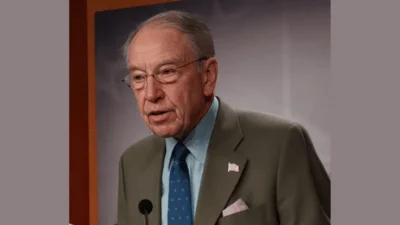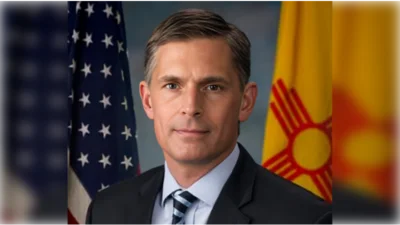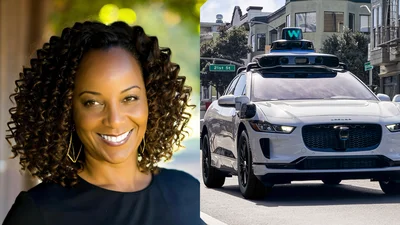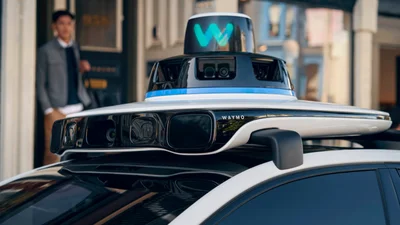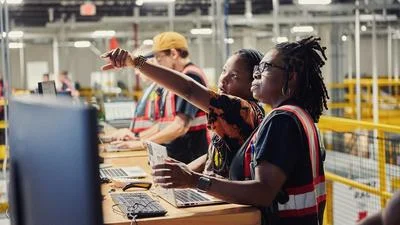The Congressional Record is a unique source of public documentation. It started in 1873, documenting nearly all the major and minor policies being discussed and debated.
“TRANSPORTATION EQUITY ACT: A LEGACY FOR USERS” mentioning the U.S. Dept of State was published in the Extensions of Remarks section on pages E554-E555 on April 20, 2004.
The publication is reproduced in full below:
TRANSPORTATION EQUITY ACT: A LEGACY FOR USERS
______
speech of
HON. ANTHONY D. WEINER
of new york
in the house of representatives
Thursday, April 1, 2004
The House in Committee of the Whole House on the State of the Union had under consideration the bill (H.R. 3550) to authorize funds for Federal-aid highways, highway safety programs, and transit programs, and for other purposes.
Mr. WEINER. Mr. Chairman, I rise today to thank the leadership of the Transportation and Infrastructure Committee for their hard work shepherding through TEA-LU, a bill that I will support despite its flaws. The Department of Transportation studied the Nation's infrastructure and prescribed a $375 billion solution. I joined the leadership in endorsing the original version of this bill, which filled that prescription. Unfortunately, the administration is unwilling to come up with the support necessary to ensure that we are able to maintain and improve the Nation's infrastructure. As a result, we are today considering a bill that does not do nearly enough to improve the quality of life for individuals living in New York City and around the country. I look forward to working with the Committee leadership to see that this bill is improved in conference.
Mr. Chairman, as this bill moves to conference, I want to highlight four issues that are of particular import to me and my constituents. It is my hope that the conferees will include these improvements in the conference report.
First, this bill should ensure that resources are devoted by formula to states that require improvements. The minimum guarantee program shifts funding from states that have the greatest need--like New York--
to other states. Each year, New York provides $20 billion more to Washington than it gets back. New Yorkers ought not be punished for our efforts to conserve fuel, as any expansion of the minimum guarantee program would do.
Second, this bill shortchanges New York on transit funding. Despite having a third of the nation's transit ridership, New York only gets 14% of Federal funds. Transit funding should better reflect need.
Third, I hope that conferees will ensure that states starved for a consistent funding stream for ferries and waterborne transportation can count on funding from the Ferry Boat Discretionary Fund. As a co-
chairman, with Mr. Nethercutt, of the Ferry and Waterborne Transportation Caucus, I am acutely aware of how much a guaranteed stream of funding would mean to improve both congestion and homeland security all across the country, and particularly in New York City, where roads are clogged on a normal day, and ferry transportation would provide not only congestion relief but another way to ensure escape from Manhattan in the case of a terrorist attack. At a minimum, New York should receive $5 million per year. I hope conferees will work with me and other Members who represent districts that would benefit from a guaranteed ferry funding stream.
Fourth, I hope that conferees will work with me to ensure that the generous funding we have provided for Senior transportation in this bill is put to its best use. I believe that establishing a center for best practices and a technical assistance center, as delineated in the other body's Surface Transportation Authorization Bill, would provide an enormous service to this nation's elderly population.
Nevertheless, Chairman Young, Mr. Oberstar, Chairman Petri, and Mr. Lipinski deserve the thanks and appreciation of every Member of this House for their tireless effort to ensure that the nation's surface transportation systems receive the resources required to keep America moving.
Mr. Chairman, I have worked hard to ensure that this bill will make significant improvements to the lives of ordinary New Yorkers. Included in this bill are a number of projects that will enhance transportation throughout New York City and in my district in particular.
At my urging, the bill includes:
$15,000,000 for the New York City Department of Transportation to build the facilities and purchase the ferry boats necessary to establish high speed ferry service between the Rockaway Peninsula and Manhattan.
$500,000 to help the New York State Department of Transportation install two permanent variable message signs that will display amber alert messages on the belt parkway.
$500,000 for the New York City Department of Transportation to study and implement improvements to the area surrounding the intersections of Avenue U and Flatbush Avenue.
$1,000,000 for each of the boroughs of New York City to make improvements to pedestrian safety, in consultation with each borough president.
$250,000 for the areas surrounding each of 10 schools in New York City. Those funds are to be spent on efforts to improve pedestrian safety surrounding those 10 schools. Students walking to IS 114, PS 200, PS 124, PS 277, Prospect Park Yeshiva, PS 81, IS 194, IS 72/PS 69, PS 153, and St. Roberts Bellarmine will all be better protected by improvements installed with funding provided in TEA-LU.
$700,000 to abate noise emanating from state roadways located within New York City that are paved with concrete. ``Diamond grinding'' measures should significantly improve the quality of life of those residing within earshot of those roadways.
$50,000 to improve the roadways surrounding the Brooklyn Children's Museum.
$1,000,000 to be used to build a new facility for the Broad Channel Volunteer Fire Department.
$4,000,000 to be used by the DOE Fund to establish a graffiti elimination program throughout the Boroughs of Queens and Brooklyn. Among the areas addressed by this program will be Kings Highway from Ocean Boulevard to McDonald Avenue.
$3,000,000 to improve transportation facilities in the vicinity of West 65th Street and Broadway in conjunction with the major capital improvements being done at Lincoln Center.
$1,000,000 for the New York City Department of Transportation to improve the streets and sidewalks of Middle Village, Queens.
$500,000 to be equally distributed at five locations in New York City for the New York City Department of Transportation to enhance the enforcement of truck routes.
$300,000 for Gateway National Park to improve the RIIS Park Boardwalk.
$1,000,000 for Gateway National Park to establish a ferry terminal at Floyd Bennett Field.
$3,000,000 to be used to improve traffic flow in the vicinity of Atlantic and Flatbush Avenues.
$1,000,000 to be used by City and State Agencies to improve homeland security at bridges and tunnels throughout New York City.
$500,000 to improve the roads and facilities at the Kew Gardens Long Island Rail Road Terminal.
$950,000 to design and construct a bicycle and pedestrian walkway along the decommissioned Putnam Rail Line in the Bronx.
$2,000,000 to improve 125th Street in Harlem in conjunction with improvements being made by Columbia University.
$1,000,000 to help Easter Seals purchase and equip cars that provide livery service to disabled New Yorkers.
And $1,000,000 to establish a bus rapid transit system at a location to be detemined in consultation with the Transportation Workers Union. Bus rapid transit uses a variety of traffic improvements, like exclusive bus lanes and coordinated signal changing, to speed bus travel on congested city routes.
At the urging of Congresswoman Velazquez, Congressman Crowley and myself, the bill includes more than $1,500,000 for pedestrian safety improvements on Queens Boulevard.
These high priority projects will make a considerable contribution to the lives of New York City residents. I could not have secured these and other programs within TEA-LU without the help and counsel of individuals here in Washington, as well as in Albany and New York City.
In particular, I would like to thank both the Democratic and Republican staff of the Transportation Committee, both of whom worked tirelessly on this piece of legislation, and who deserve the entire House's thanks. In particular, I would like to thank Ken House, Clyde Woodle, Eric Vanschyndle, Ward McCarragher, Kathleen Zern, David Heymsfeld, Dara Schleiker, and Sheila Lockwood of Mr. Oberstar's staff. Additionally, I would like to thank Jim Tymon of Mr. Young's staff who for his willingness to work with me on the issue of Ferry Transportation.
I would also like to thank Tom Kearney, Tom Herritt and their colleagues at the Albany Office of the Federal Highway Administration, Nancy Ross, Fred Neveu, Ron Epstein and their colleagues at the New York State Department of Transportation, and Andra Horsch and David Woloch and their colleagues at the New York City Department of Transportation.
____________________
